Tibet Weather in January
What is the Tibet weather like in January? How cold is Tibet in Winter? How is the temperature in Tibet in January? This article is going to give you a brief introduction of the Tibet weather in January as well as some important notes you should bear in mind while travelling Tibet in January.
Tibet weather in January:
January is the coldest month in Tibet with most of areas are below zero at night. Lhasa and surrounding areas such as YamdrokTso are basically dry and cold but sunny during the day, As the city with the most tourists in Tibet, Lhasa has a relatively low altitude. The average daily maximum temperature in January is about 8 °C. The temperature drops suddenly in the evening, and the average minimum temperature in January was minus 9 °C. In Shigatse, the average daily maximum temperature in January is about 6 °C, and the average minimum temperature is -13 °C in the evening.
Everest Base Camp drops to the lowest temperature of minus 10°C – 12 °C in the evening of January, and the highest temperature during the day does not exceed 10 degrees. The Nagqu area whiclh is to the north of Lhasa and the Ali area which is in the west are very cold in winter, which are not recommended to go in winter.
Tibet Travel Guide in January:
In January, since it snows often, the roads from Lhasa to the north and the west of Lhasa is sometimes blocked by snow. In January, Lake Namtso was basically all covered with ice and snow. The Everest Base Camp has been withdrawn from the camp and it will not be resumed until the spring comes. Both of these places are popular attractions for regular tourism. In addition, Ali, Nagqu is not good for sightseeing in January either. It’s very cold in Nagqu and Ali, especially in the morning and evening. At the end of October, Lake Namtso will be closed because of heavy snow.
When you come to Tibet in the winter, tourists usually travel to places like Lhasa, Nyingchi and Shannan. These places are good for sightseeing all year round. Nyingchi and Everest are popular tourist routes in winter in Tibet with the amazing warm weather and clear air. It is even warmer than many places in the mainland during the day because of the bright sunshine. It is also a good season to see the glaciers and snow-capped mountains, such as Mount Nanga Bawa. The whole mountain is easier to see in winter.
The train tickets for entering Tibet in the winter are much easier to book during this season as well. The ticket of the Potala Palace drops to 100 yuan or is even free in November, and there is no need to make an appointment. You can just walk in when you get there.
What to wear in January:
In winter, it is cold in the early morning and late evening in Tibet. You are recommended to bring some warm clothes such as down jackets, wind-breaker, sweaters, long johns and long pants. The temperature difference between Day and Night in Tibet is relatively large. It is often sunny during the day and it feels good. While it gets very cold at night and it is necessary to add some thick clothes. Although it is easy to catch a cold in Tibet, it can cause some serious consequences. So please try to stay warm and try not to get a cold.
Notes on Tibet Travel in January:
Since Tibet is dry in in winter, it is necessary to give extra care to your skin to keep it moisturized. Please remember to bring your lip balm, hand cream, lotion, face cream or some other skin care products. It is recommended to drink plenty water and have more fruits in Tibet. When you come to Tibet in winter, you are suggested not to take a shower every day like what you normally do in the mainland or some other places. Bathing every day is not only easy to catch a cold, but also the skin gets more dry after the shower. Please remember to apply moisturizers right after you take a shower and take a shower only every a couple of days in Tibet. Actually, you will feel more dry even you don’t take a shower very often.
The sunshine in Tibet in winter is bright and sunny of strong radiation, so you are strong suggested to bring sunscreen, visor or other sun protection products before entering Tibet to enjoy the warm sunshine of Tibet without getting sunburnt. Since it feels cold in Tibet,although it’s sunny, it is more easily to have the Altitude sickness. In fact, no matter when you enter Tibet, anti-altitude sickness work is always needed. You can take Rhodiola a couple of weeks before entering Tibet and bring some anti-altitude sickness with you when you go.
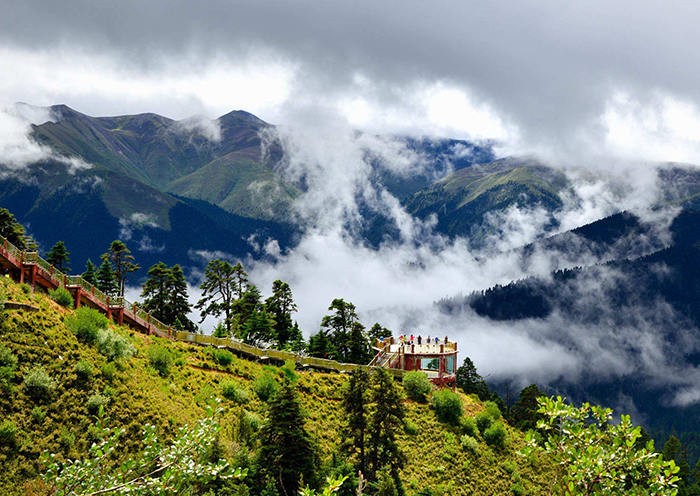
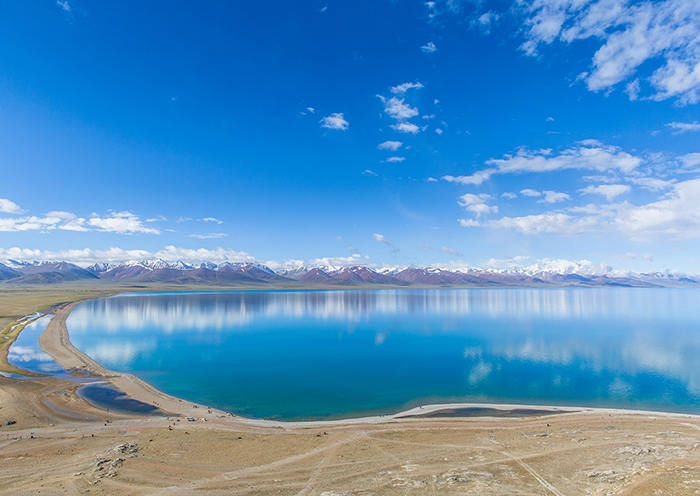
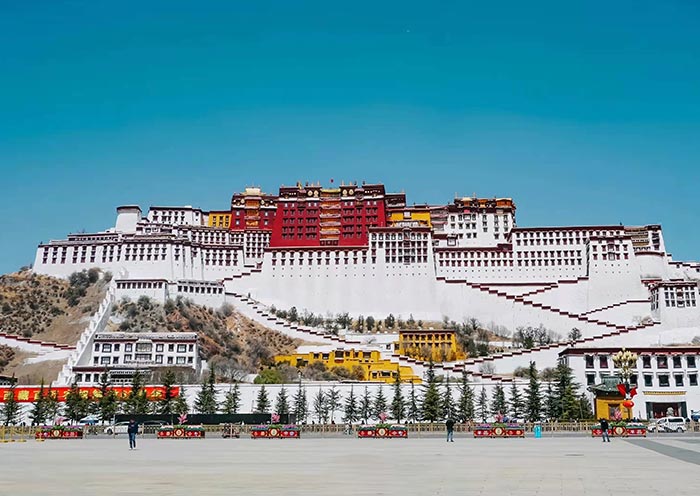
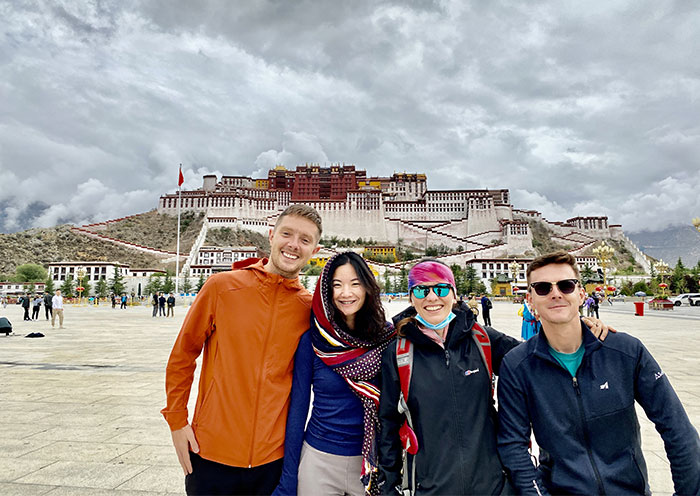
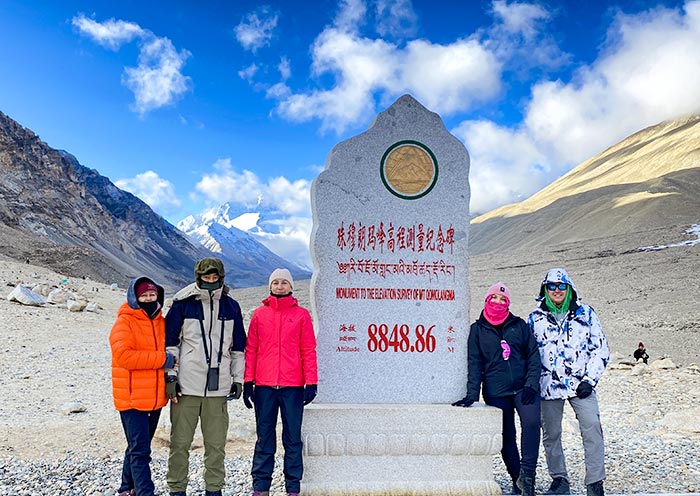
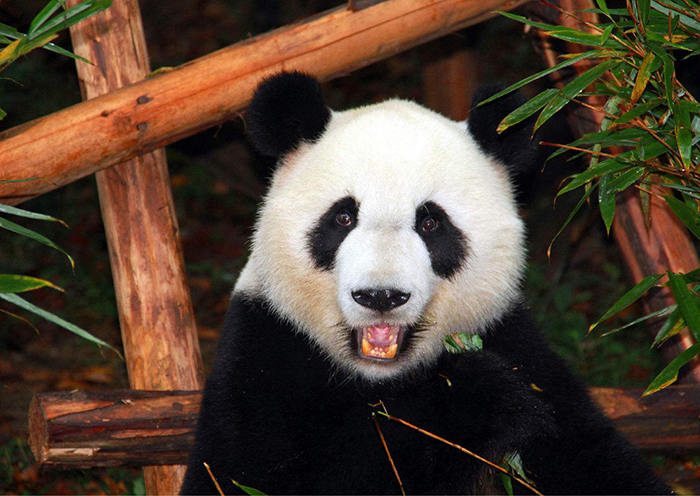
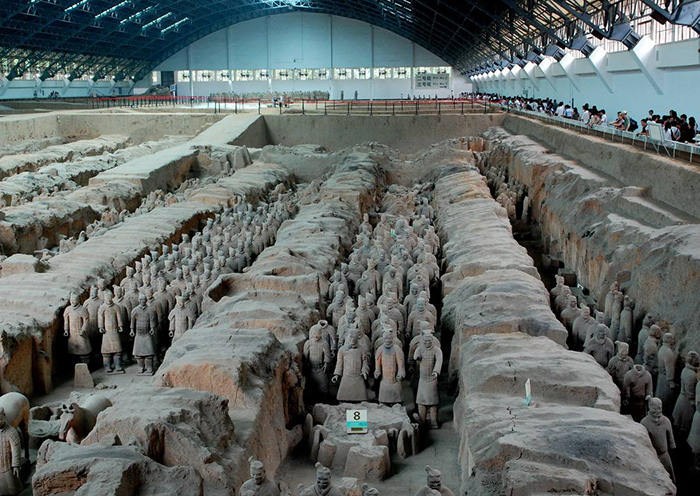
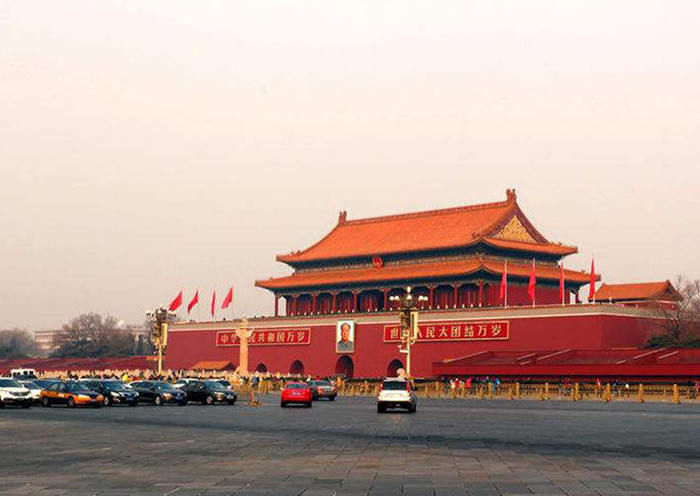
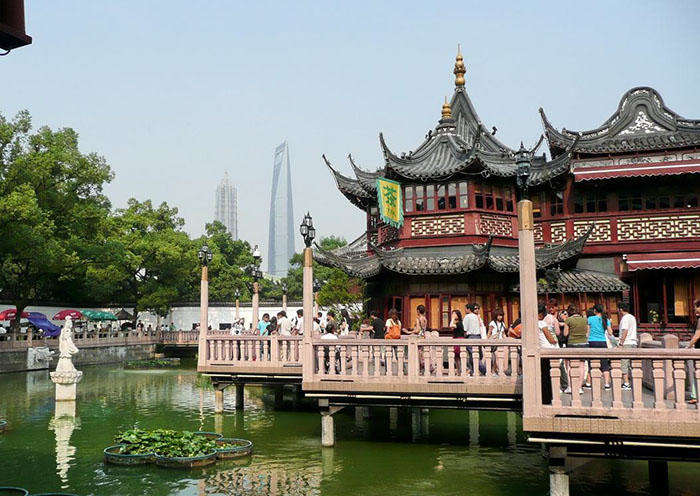
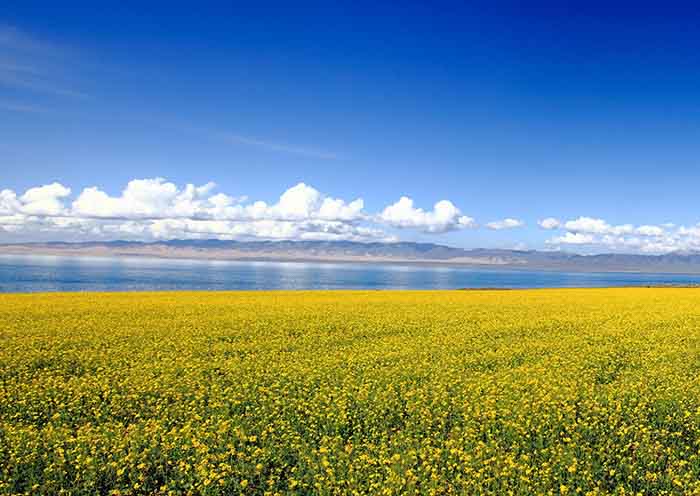
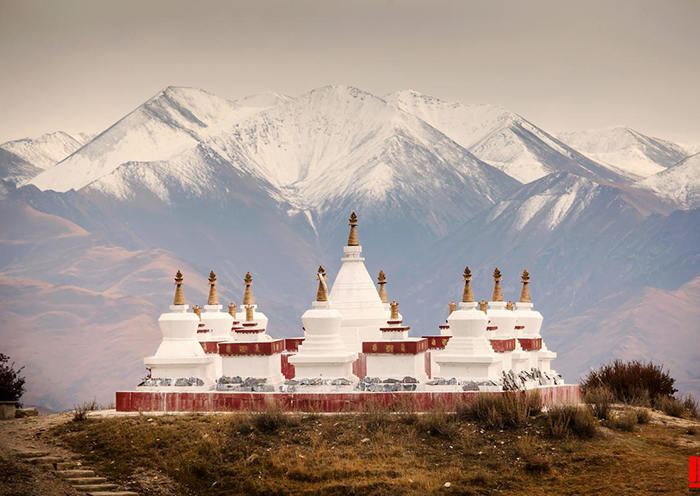
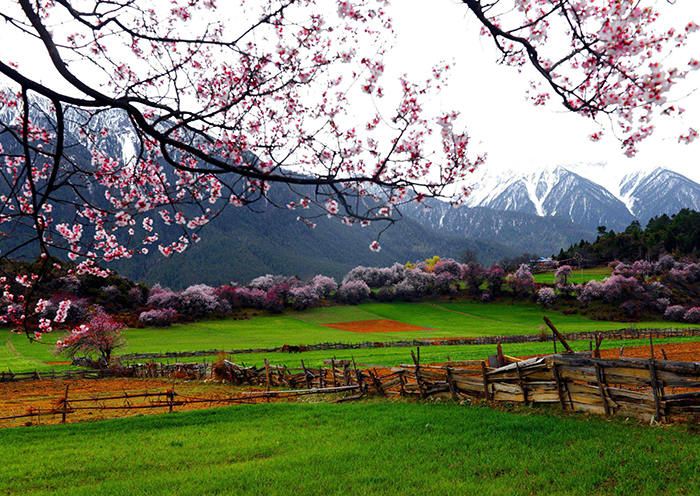
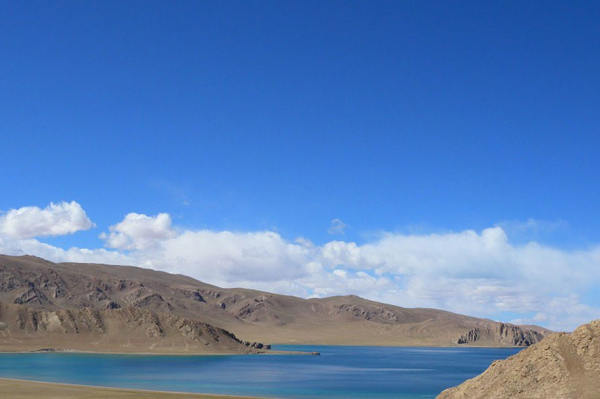
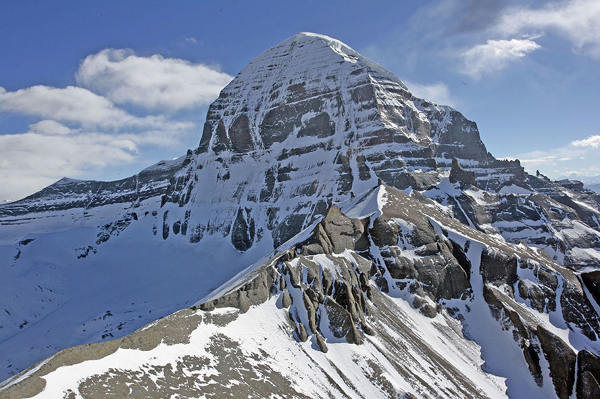
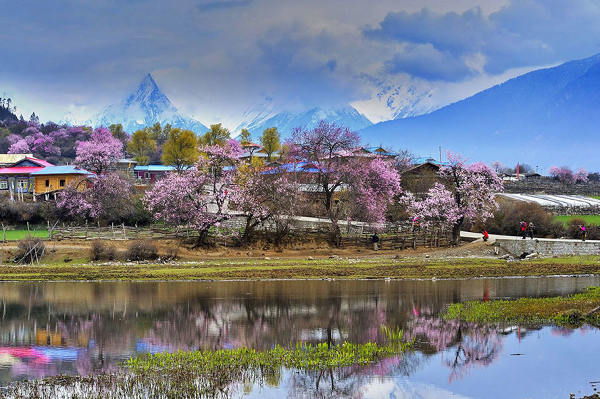
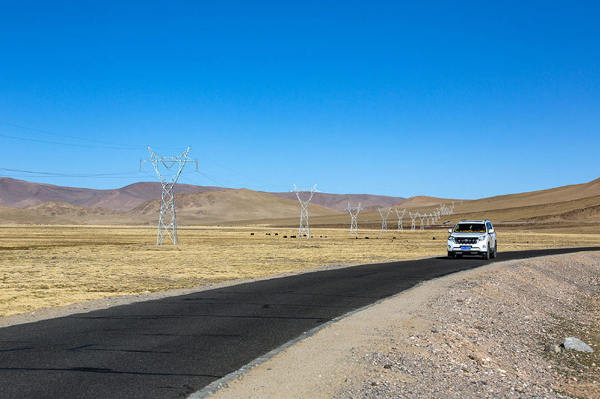

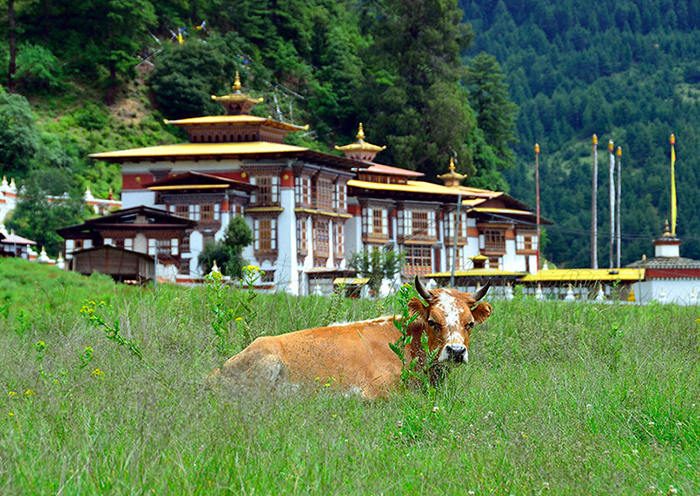
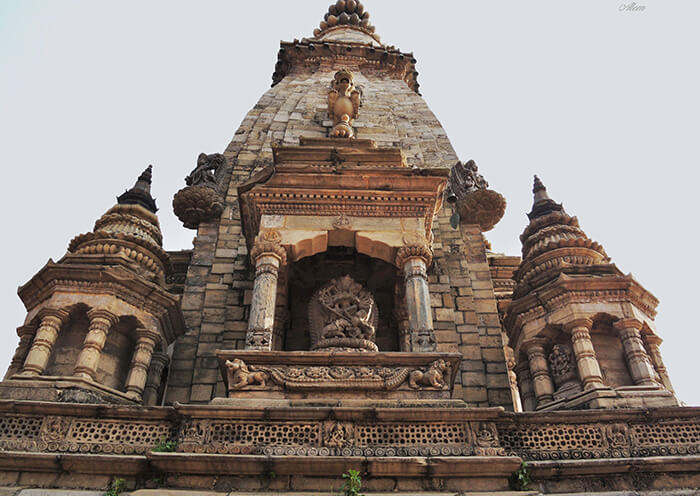
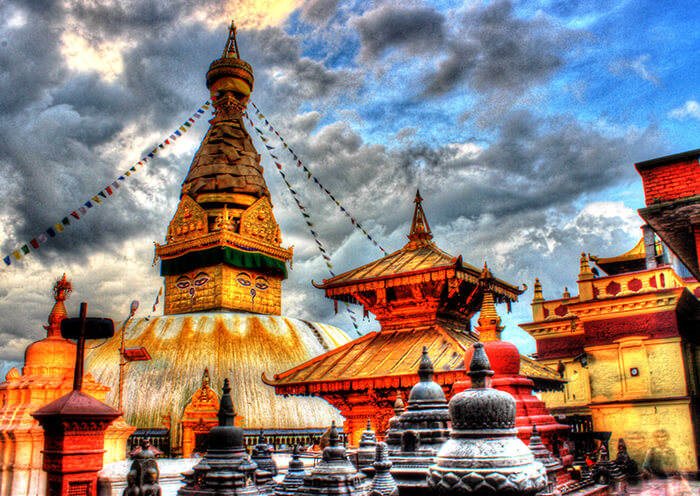

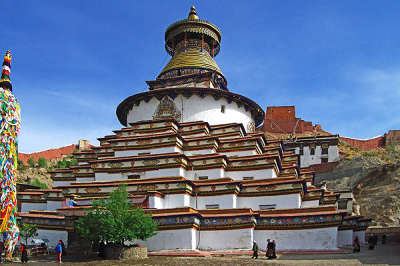

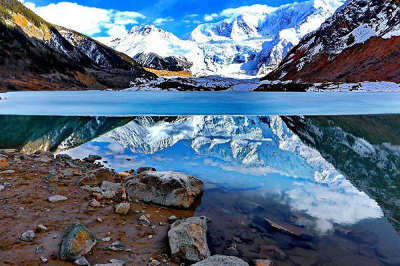


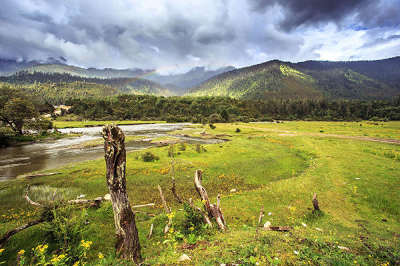


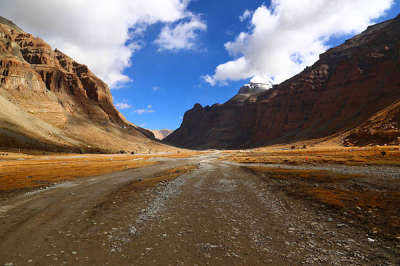
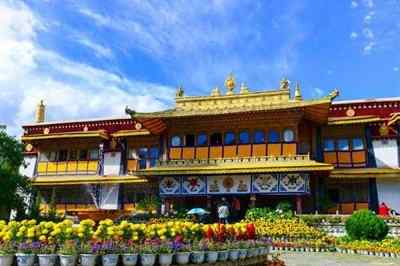

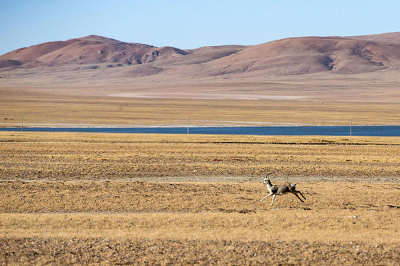

 Data in submission...
Data in submission...